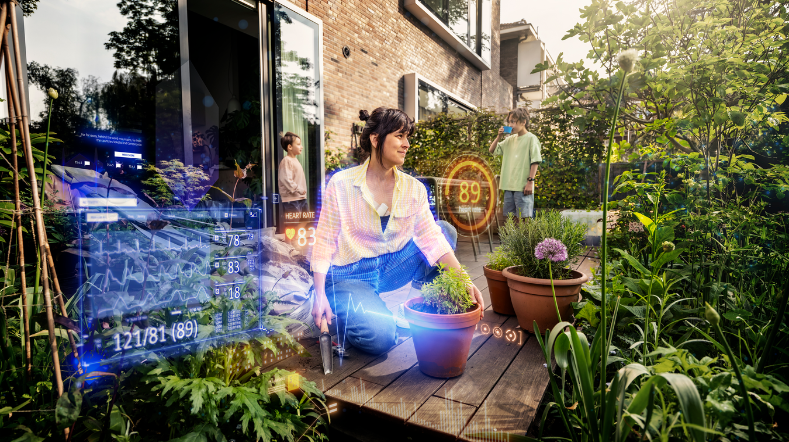
Time setter story: Developing accurate and inclusive medical devices
By researching how light interacts with human tissues, Vincent Zoutenbier is helping develop next-generation medical devices that are more accurate, efficient, and inclusive. Meet Vincent Zoutenbier, Scientist specialist and one of TNO’s Young Excellent Researchers.
Sensitive light-based wearable devices
Vincent Zoutenbier focuses on the interaction between light and human tissues. 'Light can be used as a very sensitive tool to measure important health indicators. For example, I work on projects aimed at using light to non-invasively check blood haemoglobin levels by shining light in the eye and to check your heart health by seeing how light reflects from the skin.’ Creating sensitive light-based wearable devices that detect conditions earlier is important because it can help medical professionals begin treatment before more severe symptoms begin. It is crucial for developing devices that aid in disease prevention and diagnosis.
Simulating tissue
Describing how light moves through tissue is a challenging topic. To help understand this, Vincent has developed a Python-based software package that allows TNO to digitally simulate the path light takes through tissue. These simulations are validated on artificial tissue materials, called phantom tissues, which mimic how light travels through skin and retinal layers (see model eye in photo).
'With measurements from physical phantom tissues and computer simulations of diverse tissues, we can create algorithms to find measurable differences between healthy and unhealthy tissue. Because it’s all virtual, we can even quantify signal changes due to normal variations due to age, skin colour, gender, and so on which vary from person to person. With this information, we can calibrate medical devices for more accurate biomarker detection through the whole population.
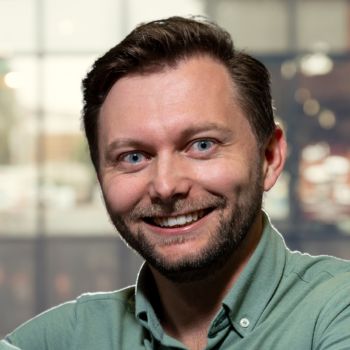
'I don’t want anyone to have to wonder whether a medical measurement device is made for them or not.'
The power of light
Many current measurement methods rely on taking a sample and therefore produce single-use hazardous biological waste, much of which must be incinerated. 'Using light is much more comfortable for the patient since there are no needles or swabs and doesn’t require any single-use sampling materials.'
Accuracy and inclusivity
Conventional measurements of blood oxygen levels using fingertip devices can be significantly less accurate on patients with darker skin tone. Vincent is determined to change this. 'I don’t want anyone to have to wonder whether a medical measurement device is made for them or not. Every human body is different, but the physics behind light-based measurements is always the same. Our simulations acknowledge this and work to enable the engineering of inclusive and equitable devices.'
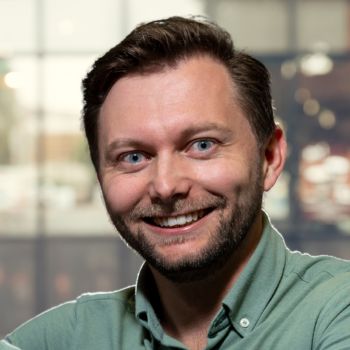
'With every simulation I do, I gain more detailed anatomical knowledge... and more of those kinds of tricky questions come up.'
Uncharted territory
Much of what Vincent and his team work on is uncharted scientific territory, making it difficult to find existing literature to support simulation models. Questions such as ‘how much blood does each retinal layer contain?’ are easy to ask but difficult to answer.
'With every simulation I do, I gain more detailed anatomical knowledge... and more of those kinds of tricky questions come up. To answer them, we use TNO’s large research network to collaborate with medical and technological experts within TNO, as well as in hospitals around the world, to create models that push the boundaries of human physiological knowledge. To give an idea of the scope of our projects, we work with a Swedish ophthalmic device company on developing a new model eye, TNO Leiden and Holst Centre colleagues on measuring cardiovascular health and a wide variety of SMEs through EU-level consortiums.'
Building a toolbox
Vincent played a significant role in building up the light simulation capability at TNO by professionalising the tissue simulation package: Tissue Optics Monte Carlo Analysis (TOMCA). This flexible package makes measurements reproducible, traceable, and efficient and contains a database with literature references for all decisions and information about each device and tissue model.
Become a time setter at TNO?
'We use TNO’s large research network to collaborate with medical and technological experts within TNO, as well as in hospitals around the world.'
Want to join TNO, just like Vincent?
Young Excellent Researchers
TNO is proud of its talented researchers, which is why we organise the Young Excellent Researcher award every year. Vincent Zoutenbier was one of the four finalists.
Chris van der Ploeg works on safer self-driving cars
How can self-driving cars learn to understand themselves and their surroundings at least as well as humans do? This is what medior scientist specialist Chris van der Ploeg is researching at TNO. His research into the use of AI helps make vehicles safer. Chris is one of the nominees for TNO’s Young Excellent Researcher award.
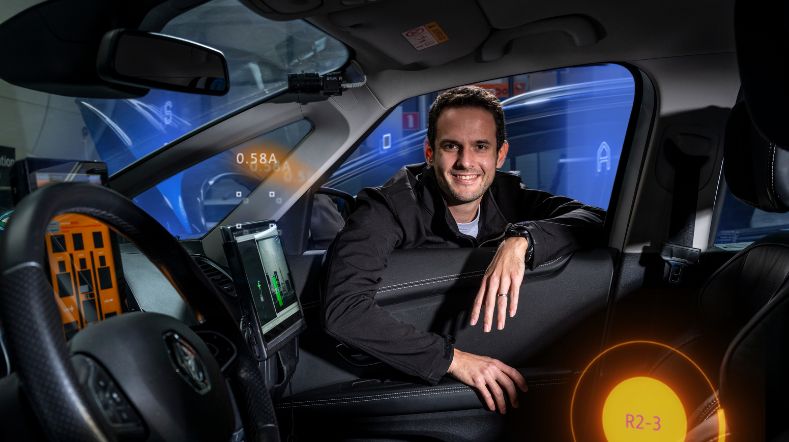
Milad Golkaram works on biodegradable plastic
Plastic is long-lasting, versatile, and inexpensive to produce. Unfortunately, it is also often bad for the environment. A team of talented researchers has created an AI model that makes developing a new biodegradable plastic a lot easier. Meet Milad Golkaram, one of the key researchers and nominee for TNO’s Young Excellent Researcher award.
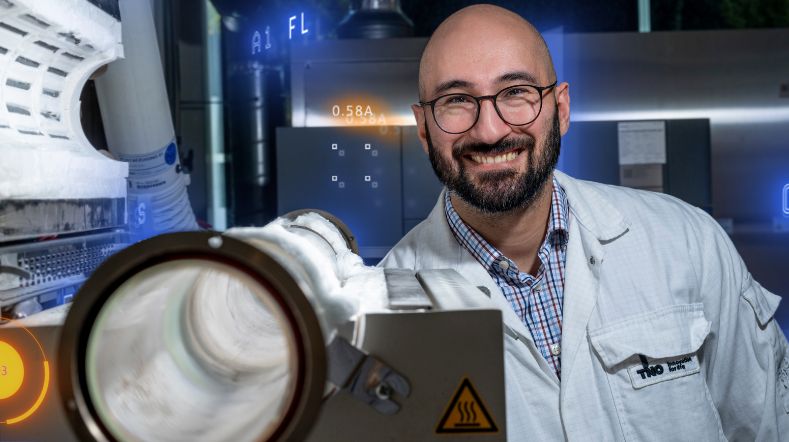
Friso Heslinga works on reliable Artificial Intelligence
His research helps make AI models reliable, even when there is little data available for learning. Meet Friso Heslinga, one of the key researchers and nominee for TNO’s Young Excellent Researcher award.
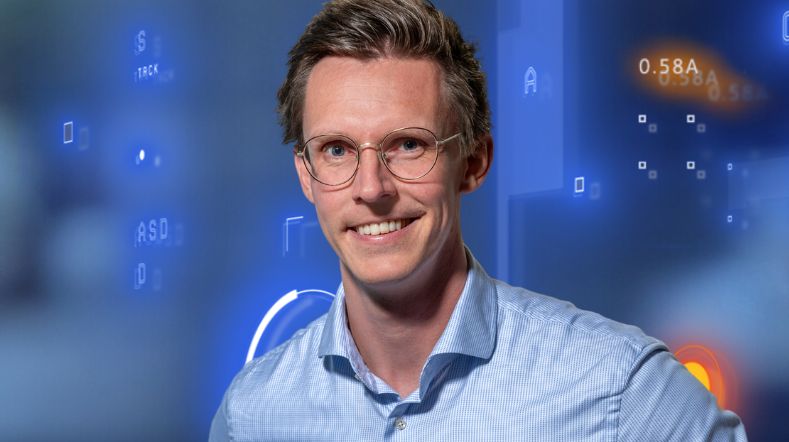
Get inspired
TNO spin-off AIKON Health secures €1.2 million seed round to advance remote heart failure monitoring
